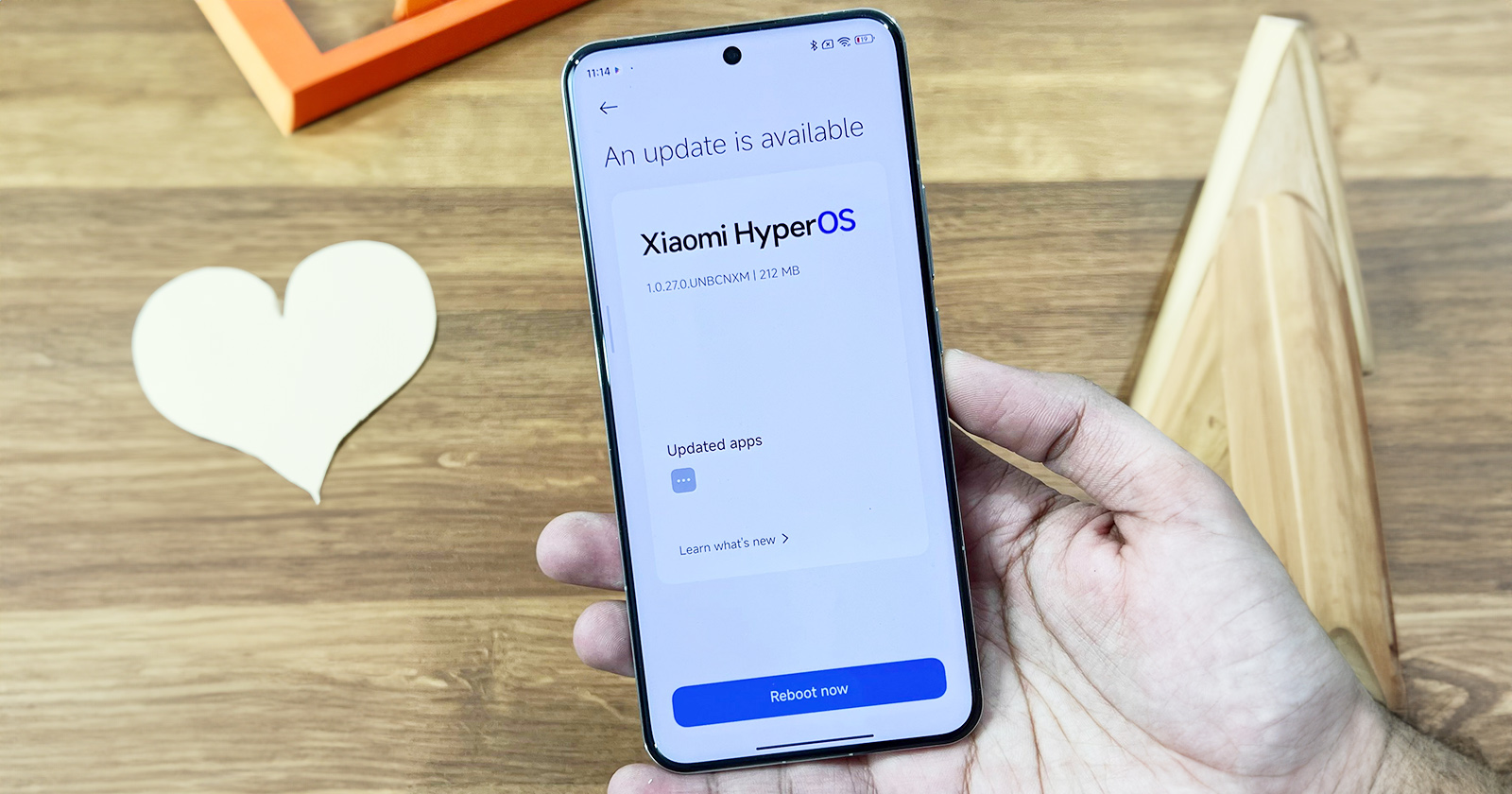Mobile devices are becoming more popular every day. Different manufacturers produce different devices. Manufacturers prefer to use their own interfaces on their devices. Xiaomi, one of the technology giants, recently introduced its new interface HyperOS. Xiaomi has upgraded its interface from MIUI to HyperOS, making it more advanced. Starting from 2010, smartphones and tablets utilized MIUI.
Users who complain about many problems in MIUI are eager to see what will change in this new interface. Xiaomi wants to offer a better user experience with the HyperOS interface. So, what are the advantages of the HyperOS interface over the MIUI interface?
Performance Improvements
Xiaomi has developed the smallest firmware size interface with the HyperOS interface. Xiaomi improved memory, graphics, app performance, and the file system for better optimization. These features make the interface faster and smoother. They use less storage and memory. Furthermore, HyperOS is an interface based on Android 14. This shows that HyperOS supports all the innovations that come with Android 14
At the core of Xiaomi HyperOS is Linux and Xiaomi’s proprietary Xiaomi Vela system. Every device works well with others and manages resources ensuring optimal performance. Xiaomi HyperOS’s base layer supports over 200 processor platforms and 20 file systems. It covers hundreds of device types and thousands of SKUs. It enables flexible configuration, operation and deployment according to hardware requirements. Compatible device RAM sizes range from 64KB to 24GB. Xiaomi HyperOS is lightweight because it configures only necessary resources for changing hardware. It also uses file deduplication and compression. System firmware on smartphones is only 8.75GB, which is better than competitors.
AI Integration
Xiaomi HyperOS uses large base models, enabling them to power system applications. The Xiaomi AI Assistant has new features that make it easier for users to generate text. You can now use the user interface to create speeches and summaries. The new feature turns videoconference conversations into notes and meeting summaries in real-time.
Users can find photos in albums by speaking and make AI images from portraits. The Mi Canvas app on tablets now has an AI brush that transforms simple scribbles into beautiful art. WPS’s AI system helps other apps understand documents and make presentations.
Multi-device integration
Xiaomi has a new artificial intelligence system called HyperMind. It has the HyperOS interface. This AI system helps devices communicate with each other more. This is a feature that will speed up users’ work in daily life. HyperOS has features that allow you to use the phone camera on a computer. It also allows for fast file and data transfer between devices.
The HyperMind project is part of the HyperOS ecosystem. It aims to change how users use Xiaomi devices. HyperMind will serve as a smart hub, gathering data from many connected devices. The system can learn users’ habits and preferences by analyzing this information. Xiaomi devices can give personalized experiences and predict what users need. This will make using technology easier and more natural.
New User Interface and Design
Xiaomi has completely revamped the design with its new HyperOS interface. We have redesigned the system applications, control center, and notification panel. Many Xiaomi users like the new design, even though some people think it looks like iOS. The control center and application interfaces of iOS and HyperOS are very similar. The new design of HyperOS has become more practical and appealing to users.
The HyperOS Weather application has a very different design from the MIUI interface. We have a detailed article about the weather application. Also, HyperOS and the One UI interface are both designed for one-handed use. This makes it easier for users to use their devices with one hand. There are also several innovations in the camera application of HyperOS.
Another feature offered by HyperOS is the ability to customize the lock screen. You can make your lock screen look unique and create new ones with this feature, like on iOS. If you’re interested in HyperOS lock screen features, you can read our article about it.
Security Features
Xiaomi has made security improvements since the MIUI 11 interface. Xiaomi emphasizes that it attaches great importance to users’ data security and privacy. Xiaomi has improved security with its new HyperOS interface. The interface now includes the TEE security system, which safeguards users’ data. The TEE security system handles sensitive data. It also shows all connections. This aims to keep users’ data more secure.
Xiaomi’s development of the new HyperOS interface excites users. Many people didn’t like the MIUI interface, but a new one is replacing it. The HyperOS interface will fix bugs and have new features that excite users. We’ve already listed the first models to receive the HyperOS update, you can click here for more information.










